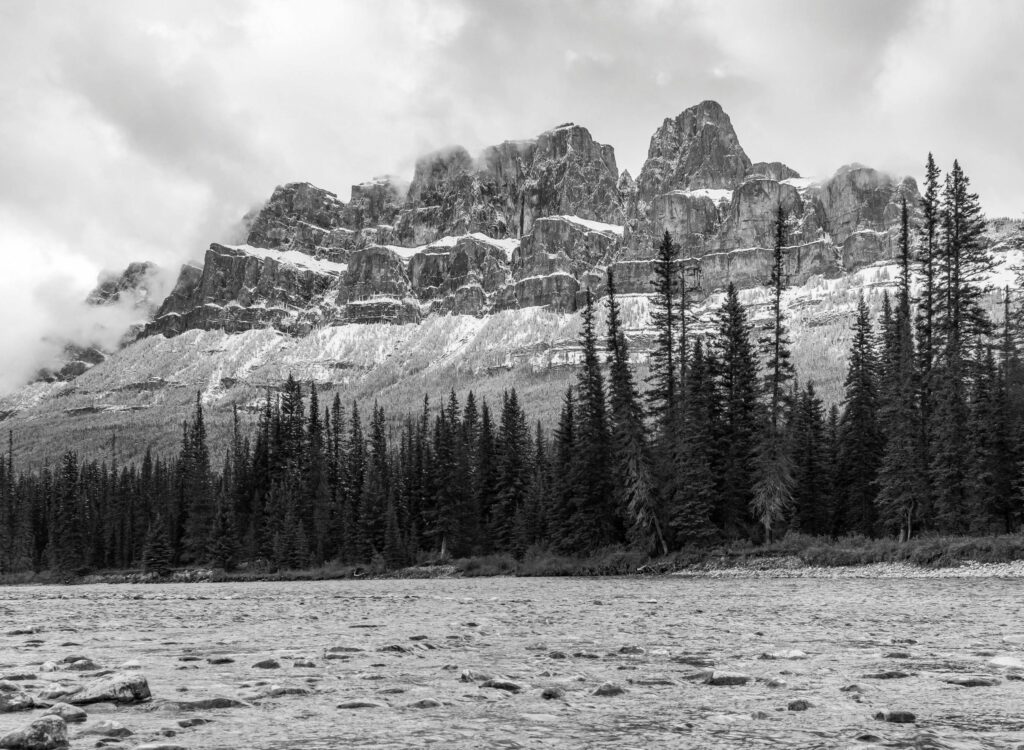As she reflects on her own sense of place, Lauren Beck points to Tom Longboat Junior Public School, in Scarborough, Ontario. “His connection with the city of Scarborough remains unclear,” she writes, suggesting her alma mater is just another example of how, when it comes to the history of Canadian toponymy, Indigenous names have been “appropriated in ways that nativized the settler-colonizer.” This is an astonishing and surely disingenuous claim, which she reiterates several times throughout Canada’s Place Names & How to Change Them.
Tom Longboat — the Onondaga distance runner and 1908 Olympian also known as Gagwe:gih — may not have hailed from the Greater Toronto Area originally, but his connection to it is hardly unclear: he won numerous races there, he was feted by large crowds there, he later lived and worked there, including as a municipal employee. Beck asks readers to take her analysis — which “proves” her various points, she assures us more than once — on faith. But overly selective marshalling and presentation of the evidence plagues her book, which is certainly timely if not exactly successful.
As befits a professor of visual and material culture, Beck peppers her discussion of place names with sometimes germane but generally distracting paragraphs about flags, coats of arms, sports teams, theme parks, Japanese internet domains, wineries, and, of course, statues. The result is a grab bag of topics and interdisciplinary jargon that gets in the way of her ostensible focus: what we call our towns and communities, our mountains and rivers, and how we might decide to call some of them by different names, to better reflect the realities, sensitivities, and demographics of twenty-first-century Canada.
Models for this type of project exist. The American cartographer Mark Monmonier, for example, has written such readable and persuasive books as How to Lie with Maps and From Squaw Tit to Whorehouse Meadow: How Maps Name, Claim, and Inflame. Beck nods to the latter title in her notes, but she does not engage with Monmonier’s highly regarded work or how it might apply in a Canadian context. And in referencing contentious statues of John A. Macdonald and Egerton Ryerson, Beck might have taken a page from Alex von Tunzelmann’s Fallen Idols: Twelve Statues That Made History, which approaches a cultural lightning rod with disarming wit and nuance. Instead, Beck casts about for yet another field — this time disability studies — to suggest that “Macdonald as a source of commemorative names and material” might be resituated as an alcoholic rather than a prime minister, “particularly if our goal is to envision a more inclusive Canadian toponymy.”

From Miistukskoowa to Mount Eisenhower, Alberta’s Castle Mountain has had several names.
Brooke Hoyer; Flickr
Other links are equally awkward, as when Beck vaguely groups the residents of Canada’s seventh-largest municipality with so-called pretendians: “The demonym (the name for someone’s place identity) for someone from Mississauga, for example, is Mississaugan, the same as the adjective that describes an Indigenous person from this nation in English. Maximilian C. Forte, in his examination of Indigenous identity, explores contemporary issues arising from the perception of faking one’s Indigenous ancestry and thus connection to the land.” An abrupt pivot — but no return.
Beck draws countless connections between cartography and other disciplines that are repetitive and sanctimonious, discursive yet saying nothing. As a result, proper accounting of place names is often lacking. “ ‘Indian’ in Canadian toponymy,” she writes, “never seems to refer to the presence of people who originate from or identify with India.” Have there been efforts to address such absences in cities like Brampton, Ontario, with its sizable South Asian population? And what of the Toronto enclave known as the Gerrard India Bazaar? Beck doesn’t consider such questions. She also doesn’t take the opportunity, when she observes that “there are no Little Ethiopias in Canada,” to discuss a recent and tangible case study: the failed attempt to designate a stretch of Toronto’s Danforth Avenue as Little Ethiopia. In a book that advertises itself as half how-to manual, this would have been an ideal place to put theory into practice.
The most pragmatic part of Beck’s discussion comes with her final chapter, where she rightly suggests that “renaming places may be an intergenerational project” and acknowledges “the difficulty in using new names,” whether for a university or a national park. She also explains how Calgary came to adopt a policy for making changes (something most cities lack) and commends Vancouver’s 150+ Place Naming Project, set up in 2017, though she doesn’t enumerate any of the initiative’s highs or lows over the past six years.
When it comes to rechristening Dundas Street in Toronto or the Sir John A. Macdonald Parkway in Ottawa, when we’re discussing the likes of Lac de la Squaw in Quebec or Cape Negro in Nova Scotia, we are dealing with centuries of layered and fraught history. A volume that can dispassionately and honestly contextualize that legacy is very much needed. Lauren Beck does show that no place name — Indigenous or otherwise — is necessarily static. But how the ones we currently have might evolve in ways that are palpable to large swaths of the Canadian public and that are, perhaps, democratically chosen is something that she promises with her title but does not actually deliver with her book.
Kyle Wyatt is the editor of the Literary Review of Canada.

